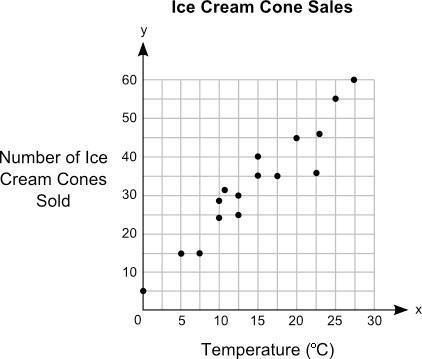Determine which relation is a function.
a. {(–5, 1), (–5, 0), (–2, 1), (–1, 4), (6, 2)}...

Mathematics, 01.11.2019 23:31 namoralessimon03
Determine which relation is a function.
a. {(–5, 1), (–5, 0), (–2, 1), (–1, 4), (6, 2)}
b. {(–5, 1), (–2, 0), (–2, 2), (3, 4), (6, 2)}
c. {(–5, 1), (–2, 0), (–1, 1), (2, 4), (6, 3)}
d. {(–5, 3), (–2, 0), (–1, 2), (6, 4), (6, 3)}
explain.

Answers: 2


Other questions on the subject: Mathematics


Mathematics, 21.06.2019 21:00, davidcortez27
Need match the functions with correct transformation. f(x) = -3x f(x) = |x-1|+3 f(x) = √(x+3) 1/2x² f(x) = (x+1)²-3 4|x| 1. compress by a factor of 1/2 2. stretch by a factor of 4 3. shift to the left 3 4. shift to the left 1 5. shift up 3 6. reflection
Answers: 1

Mathematics, 21.06.2019 21:30, briceevans32
Consider circle c with angle acb measuring 3/4 radians. if minor arc ab measures 9 inches, what is the length of the radius of circle c? if necessary, round your answer to the nearest inch.
Answers: 2

Mathematics, 21.06.2019 21:40, joeykyle05
Write the contrapositive of the conditional statement. determine whether the contrapositive is true or false. if it is false, find a counterexample. a converse statement is formed by exchanging the hypothesis and conclusion of the conditional. a) a non-converse statement is not formed by exchanging the hypothesis and conclusion of the conditional. true b) a statement not formed by exchanging the hypothesis and conclusion of the conditional is a converse statement. false; an inverse statement is not formed by exchanging the hypothesis and conclusion of the conditional. c) a non-converse statement is formed by exchanging the hypothesis and conclusion of the conditional. false; an inverse statement is formed by negating both the hypothesis and conclusion of the conditional. d) a statement not formed by exchanging the hypothesis and conclusion of the conditional is not a converse statement. true
Answers: 1
You know the right answer?
Questions in other subjects:













